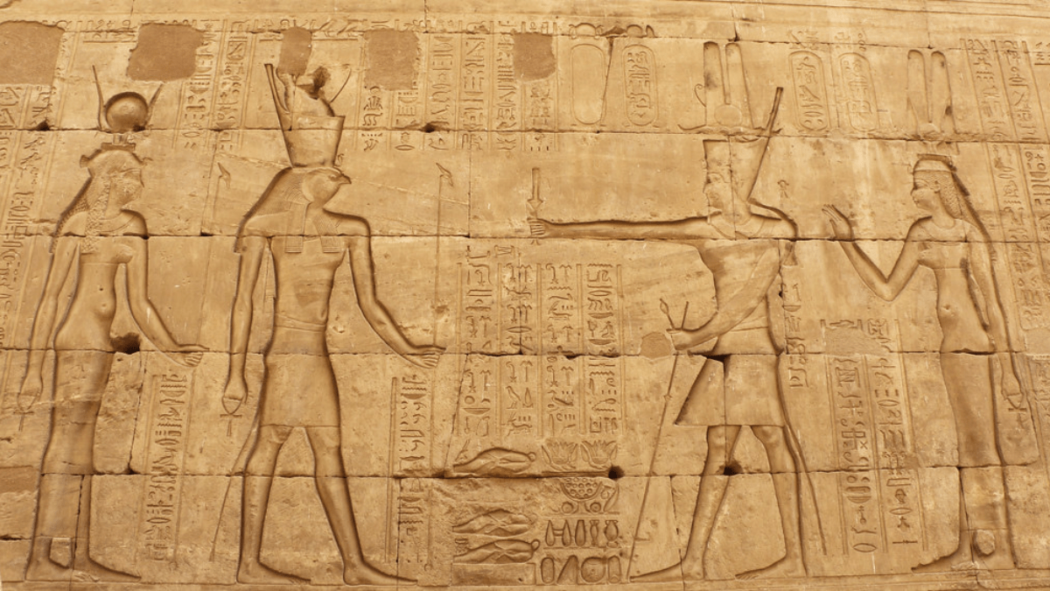A historic breakthrough is underway as archaeologists in Egypt have come one step closer to uncovering where Cleopatra rests.
Her exact cause of death remains unknown — although historians have been speculating the end of the queen’s life for centuries. The reign of Cleopatra is written by poets and historians of her time and back in 30 BC, reliable sources were harder to come by. The discovery of her tomb will lead to a breakthrough in the way Cleopatra and her reign is understood. As one of the most famous female rulers in world history, this would certainly bring some light upon the already rich and vital Egyptian and Mediterranean history.
Cleopatra’s Death
Cleopatra died in August of 30 BC and historians believe that she committed suicide at the age of 39 after the Romans invaded Egypt and killed her husband and lover, Mark Antony. This was under the account of Plutarch, who wrote a biography on Mark Antony and provided the most detailed account of what their final days were like. The tombs and mausoleums of famous figures like Cleopatra, Mark Antony and Augustus were often looted and raided, so it is incredibly rare when excavators do find tangible, intact pieces from a burial site. Historians theorize that Cleopatra and Mark Antony are buried together, but this is yet to be proven.
Burial sites provide a lot of necessary information about historic figures that would have otherwise been impossible to know. Egyptian burials especially were intricate, offering a lot of symbolism and honorifics given to them by other people that fills in gaps of history and culture. No other Ptolemaic tombs in history have been found.

New Discovery
In early November of this year, archaeologists discovered a tunnel beneath the ancient Taposiris Magna Temple in Egypt. This new piece of discovery may lead researchers to finally uncover Cleopatra’s tomb.
According to Ancient Origins, Kathleen Martinez from University of San Domingo started the excavation process for the tomb 20 years ago and singled out the temple that is dedicated to the ancient God Osiris, where the tunnel was located. Part of the tunnel is submerged underwater, supporting the theory that were a variety of earthquakes that hit Egypt between 300 CE to 1303 CE. The site also uncovered coins with Cleopatra VII and Alexander the Great, figurines of the Goddess Isis and a cemetery of mummies.
Even if in our lifetime the tomb will not be found, Martinez says, “If we discover the tomb… it will be the most important discovery of the 21st century. If we do not discover the tomb… we made major discoveries here, inside the temple and outside the temple.”
The history of excavations in Egypt has proven to be a precarious one, as there is a long history of the mistreatment of mummies and tombs, embalmed by racism and the mishandling of these incredibly fragile and ancient artifacts and mummies. The search for Cleopatra’s tomb will not cease, but archaeologists have a job that requires careful respect and authority.
Cleopatra wanted to hide her and Mark Antony’s bodies from their Roman enemies, and only time will tell how her legacy will be preserved.
Follow @VALLEYMag to keep up with this news and more.





